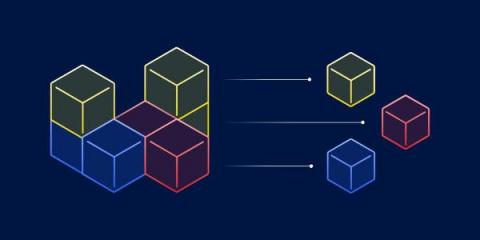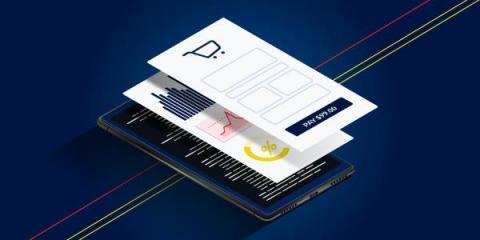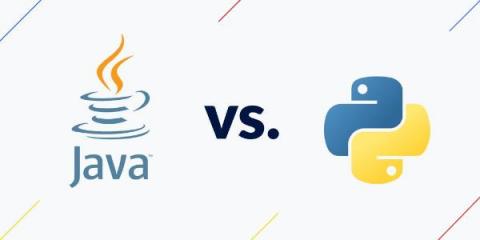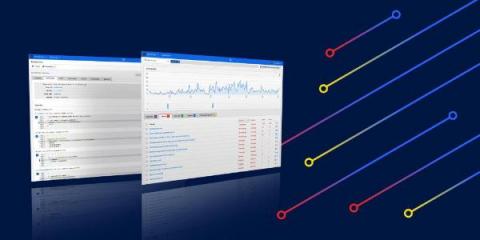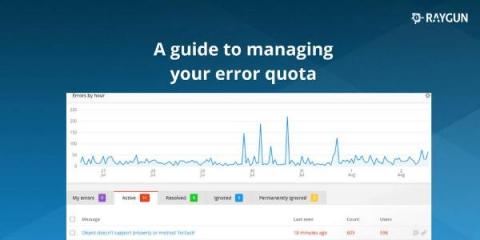Operations | Monitoring | ITSM | DevOps | Cloud
Raygun
What are microservices? The pros, cons, and how they work
Microservices are a popular software design architecture that breaks apart monolithic systems. A microservice application is built as a collection of loosely coupled services. Each microservice is responsible for a single feature. They interact with each other via communication protocols such as HTTP.
Update: Expanding our new API functionality
Founder & Friends - Introducing our Public API
Increase customer retention & stop leaving money in the shopping cart
We all know the pain and frustration associated with broken software. It's no secret that the internet is rife with broken links, slow pages, and broken shopping carts, often feeling like it's being held together with glue and duct tape. These issues aren't just causing frustration for customers; it costs businesses millions. According to the Consortium for Information and Software Quality, poor software quality cost US companies $2.08 trillion in 2020. Every interaction between a customer and your technology is an opportunity to build or destroy trust. People tend to have a poor memory when things go right, but oh boy, do they remember when something broke.
Java vs Python: Code examples and comparison
As two of the most popular and practical languages out there, should you choose Java or Python for your next project? Is one of these languages a clear-cut better option? The answer is a long one. According to GitHub’s annual Octoverse report, Python has now climbed to the second most popular language in usage, pushing Java down to third place.



